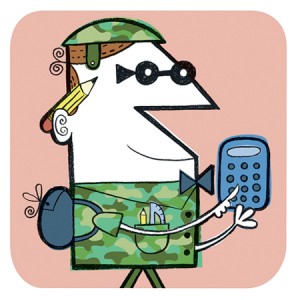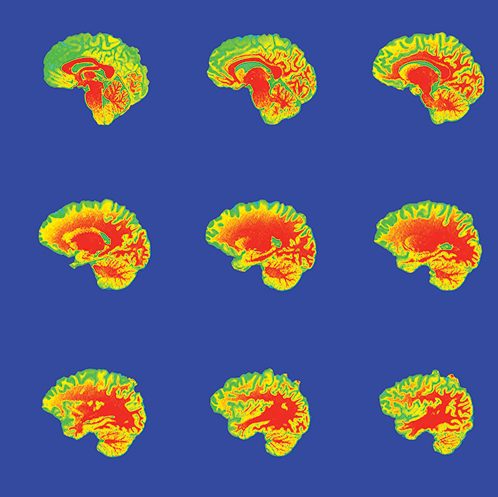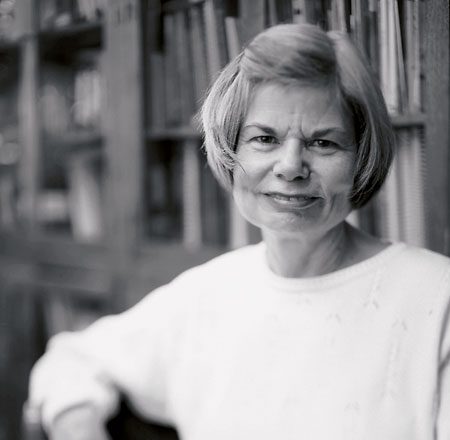 Forget minimum-wage summer jobs. Assistant math professor Jeffrey C. Humpherys pays students $10 an hour to stick around campus and enroll in his Interdisciplinary Mentoring Program in Analysis, Computation, and Theory (IMPACT). The program, however, is closer to a stint in the Army than it is to summer employment.
Forget minimum-wage summer jobs. Assistant math professor Jeffrey C. Humpherys pays students $10 an hour to stick around campus and enroll in his Interdisciplinary Mentoring Program in Analysis, Computation, and Theory (IMPACT). The program, however, is closer to a stint in the Army than it is to summer employment.
Casually—and more fittingly—known as “math boot camp,” IMPACT requires two months of 50- to 70-hour weeks in which students cover everything from linear algebra to control theory and optimization. They earn only six credits in the process, but by the end of those grueling two months, IMPACT undergraduates are outfitted for graduate-level research—research they also get paid for.
“I spent the last year modeling monetary policy as an optimal control problem,” says math, stats, and economics triple major Ian Fillmore (’09), who joined the first-ever IMPACT cohort in summer 2007. The program allowed him to spend the 2007–08 school year researching ways to automate the Federal Reserve’s open-market operations.
The $10-an-hour pay continues all year, funded by alumni donations and by a $700,000 grant from the National Science Foundation (NSF). Humpherys, along with collaborating statistics professors including C. Shane Reese (BS ’94) and H. Dennis Tolley (BS ’70), convinced the NSF that IMPACT could become a national model for undergraduate research in the mathematical sciences.
“[IMPACT] is a bit of a pressure cooker,” Humpherys admits. Only 12 students make the cut. There are no textbooks and no tests; Humpherys and his grad-student TAs lecture for four hours, then devise creative problems to fill the rest of the students’ day—like popping a balloon in the de Jong Concert Hall and then analyzing the audio data to model the hall’s acoustic signature. Such projects force students to work as a team, translating other contexts into the language of mathematics. While the faculty members and TAs are resources, most often, the students must research to find the solutions on their own.
“It’s a different learning environment, more like the MTC than a traditional college experience,” says math major Bryant Angelos (’09).
In the fall IMPACT students are placed in research groups across campus based on their interests. This year’s cohort will use their new skills to optimize healthcare policies, reconstruct 3D images of viruses from electron-microscope data, and analyze financial markets.
“IMPACT has taught me how to reason through difficult problems, whether they are math problems or not,” says math major Katie Hunsaker (’09).
“These students get a depth to their thinking that they’ve never had before,” says Humpherys. “They’re exactly what the top grad schools are after. Their game is just going up.”









